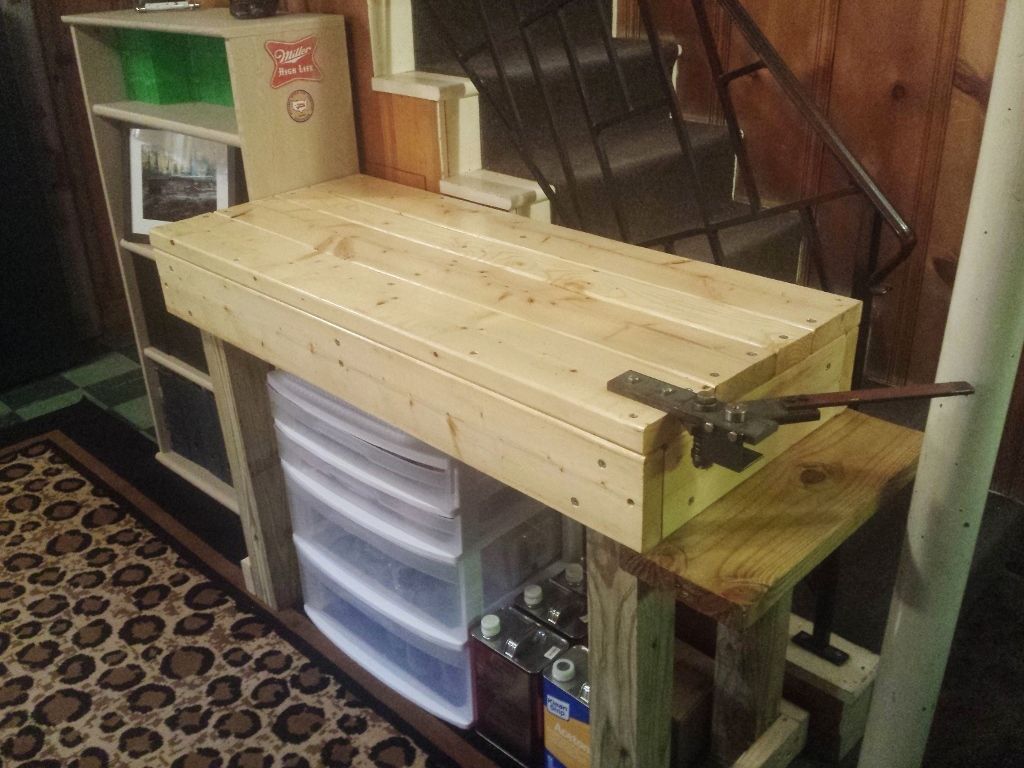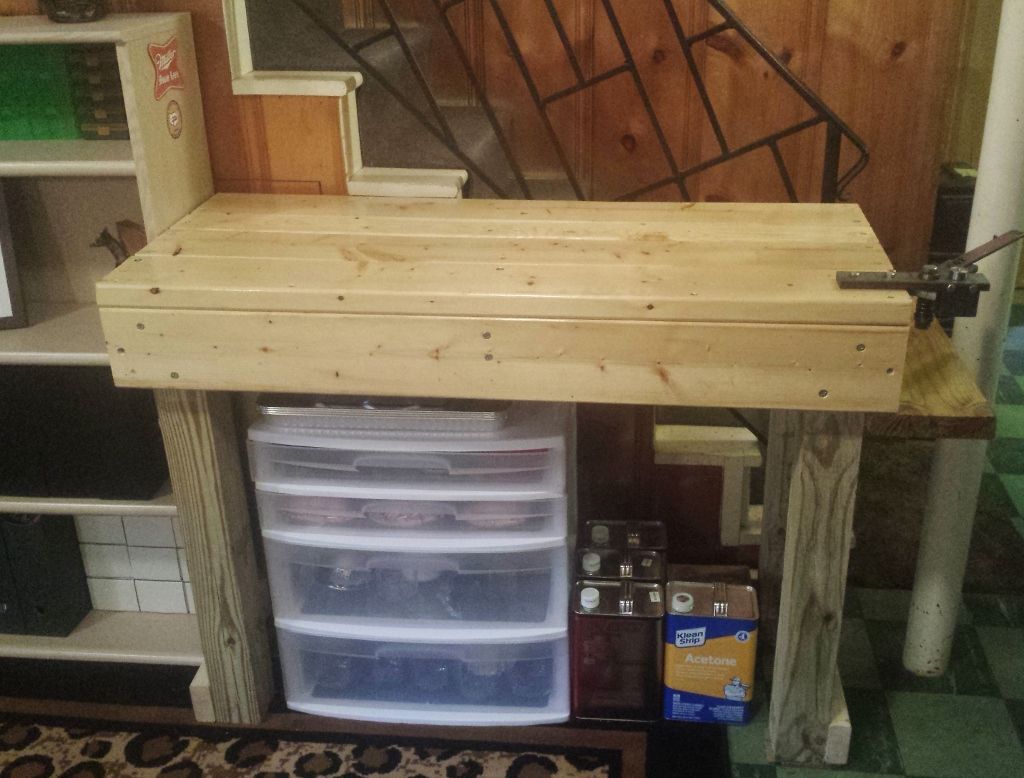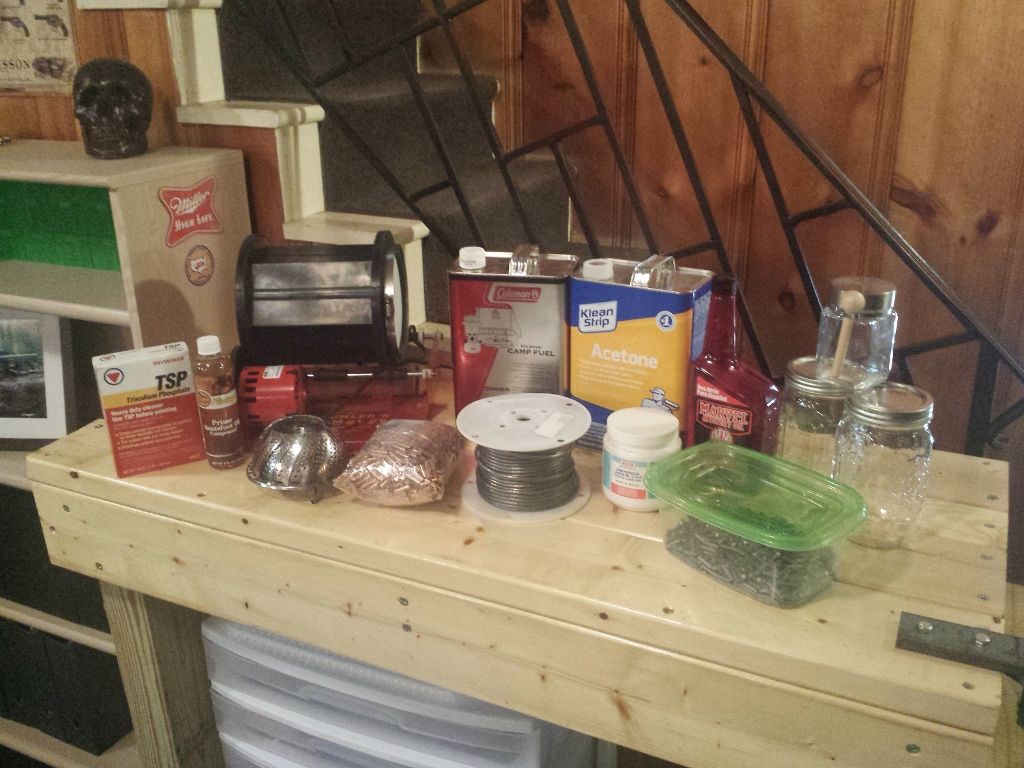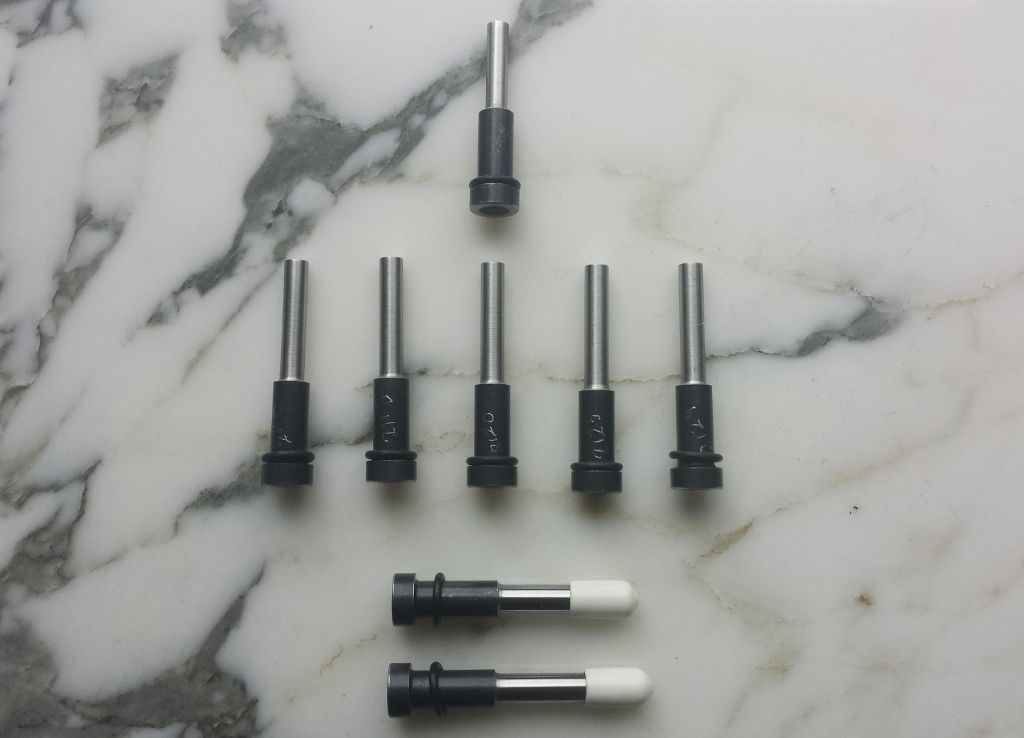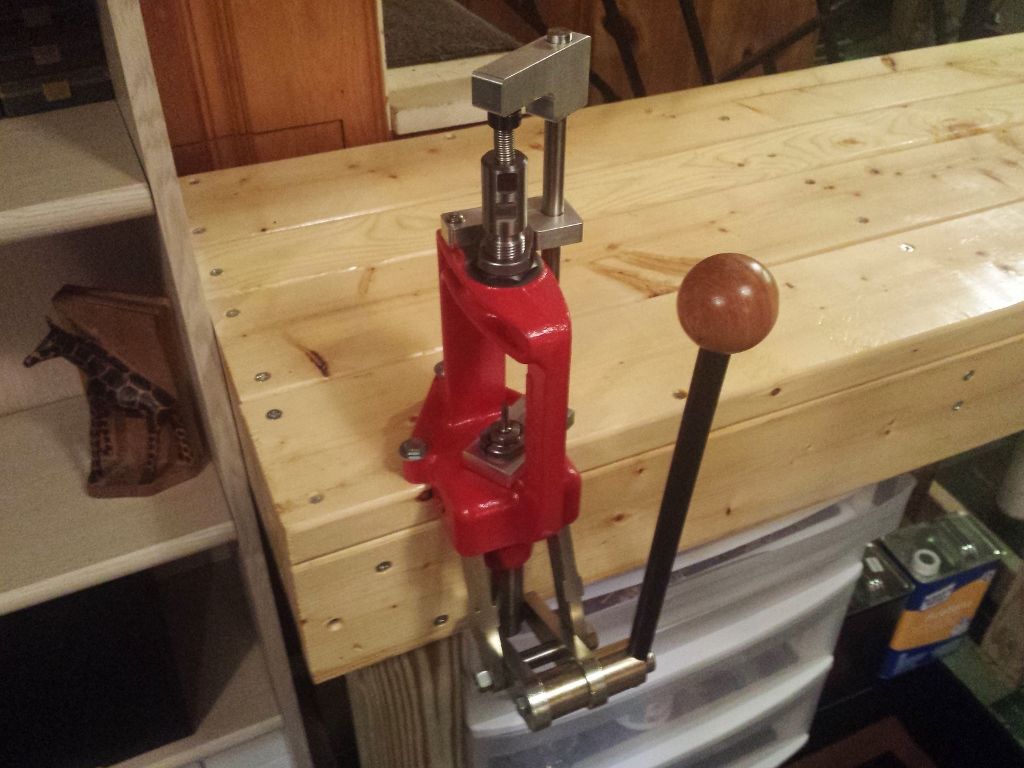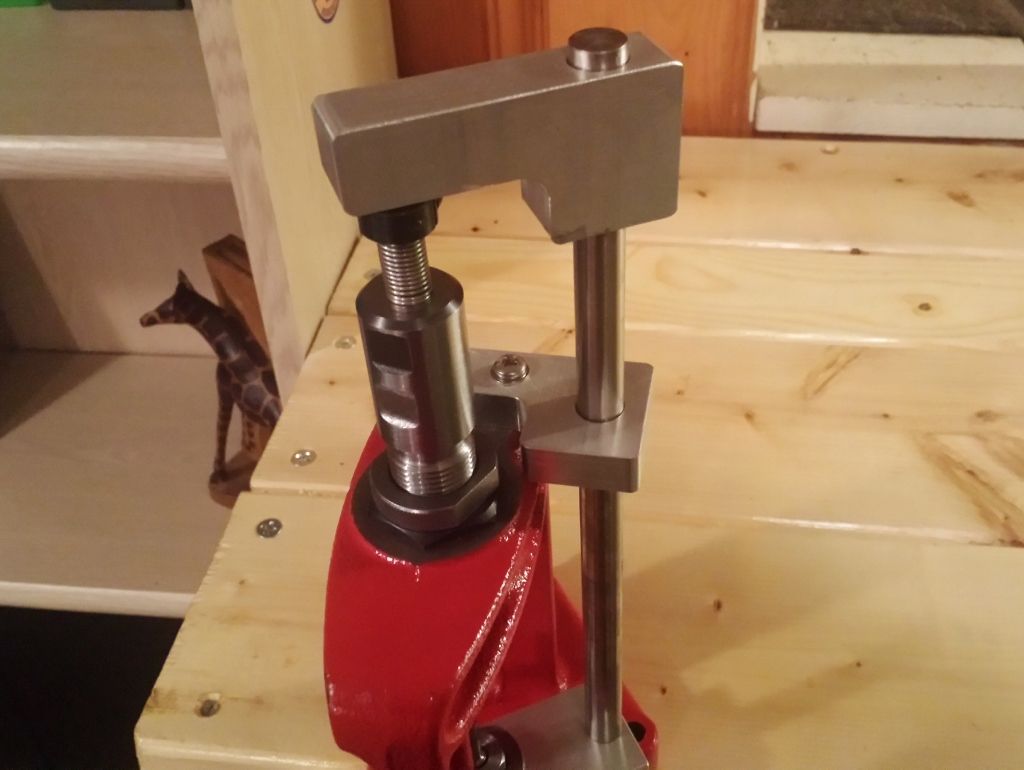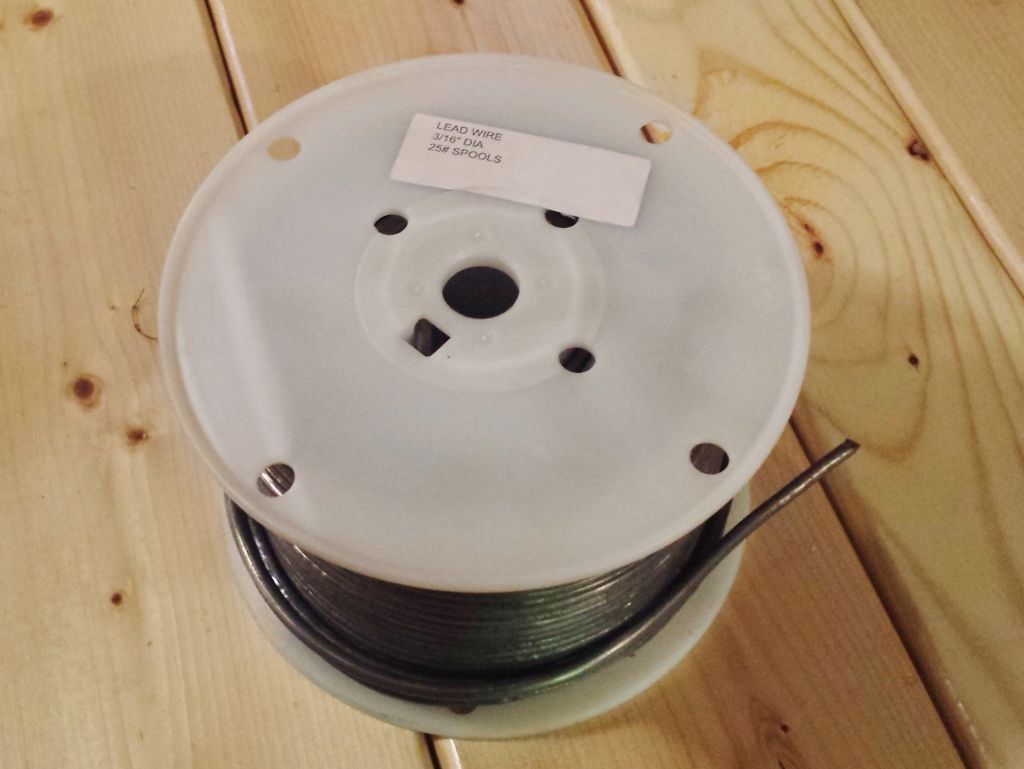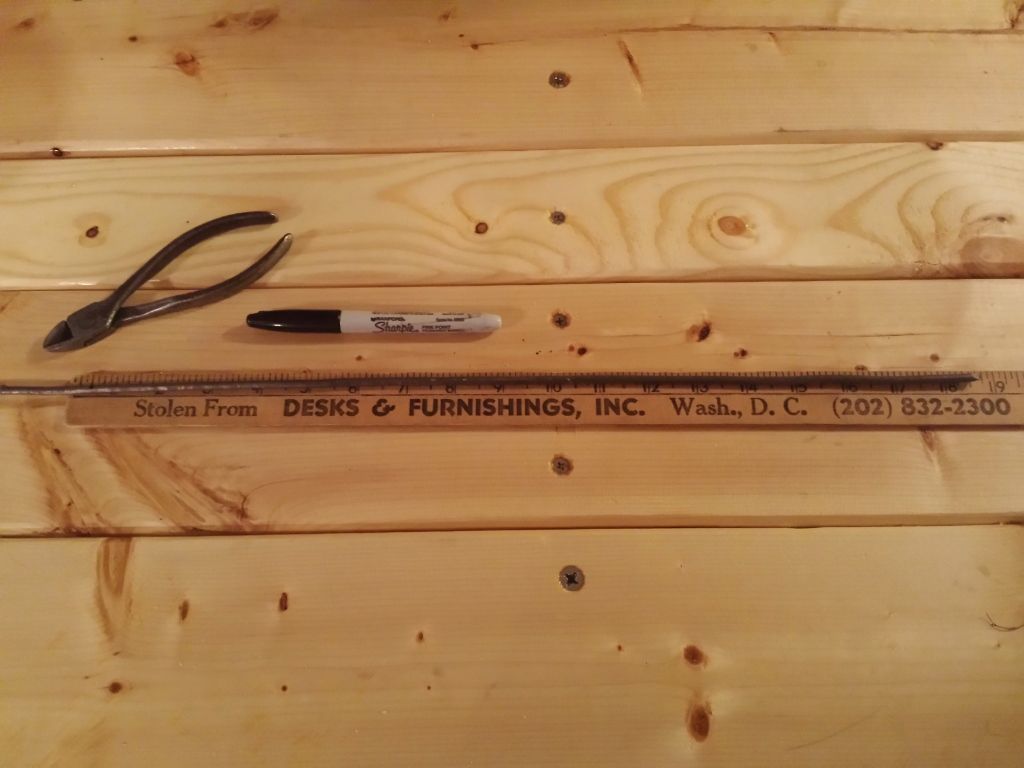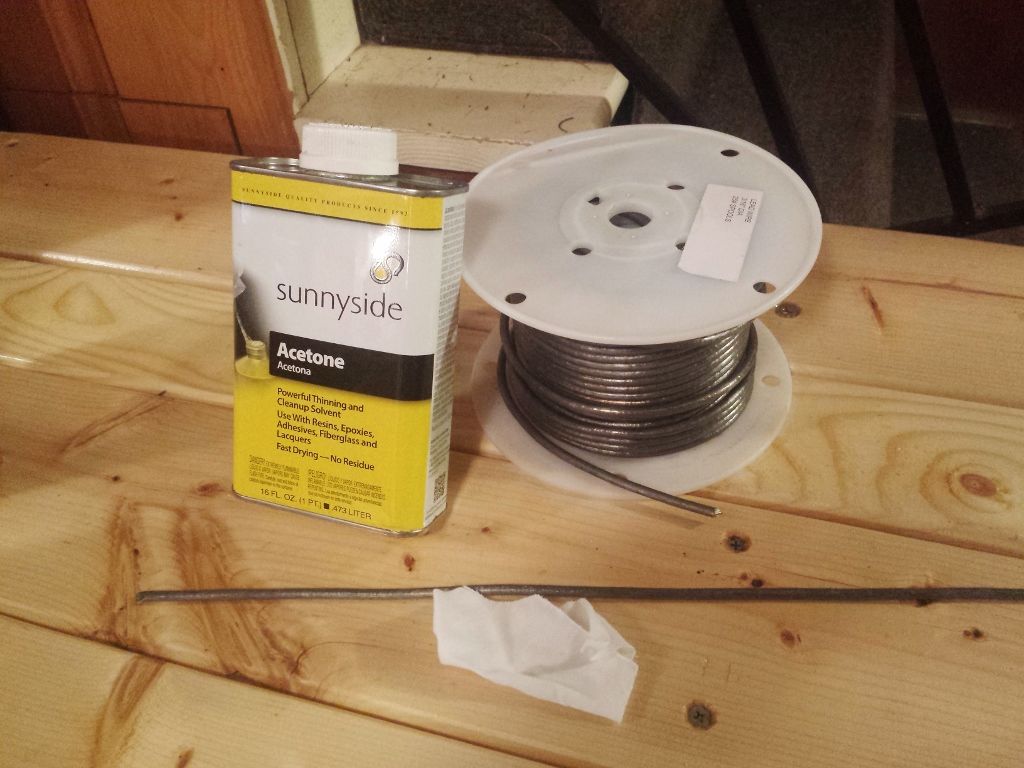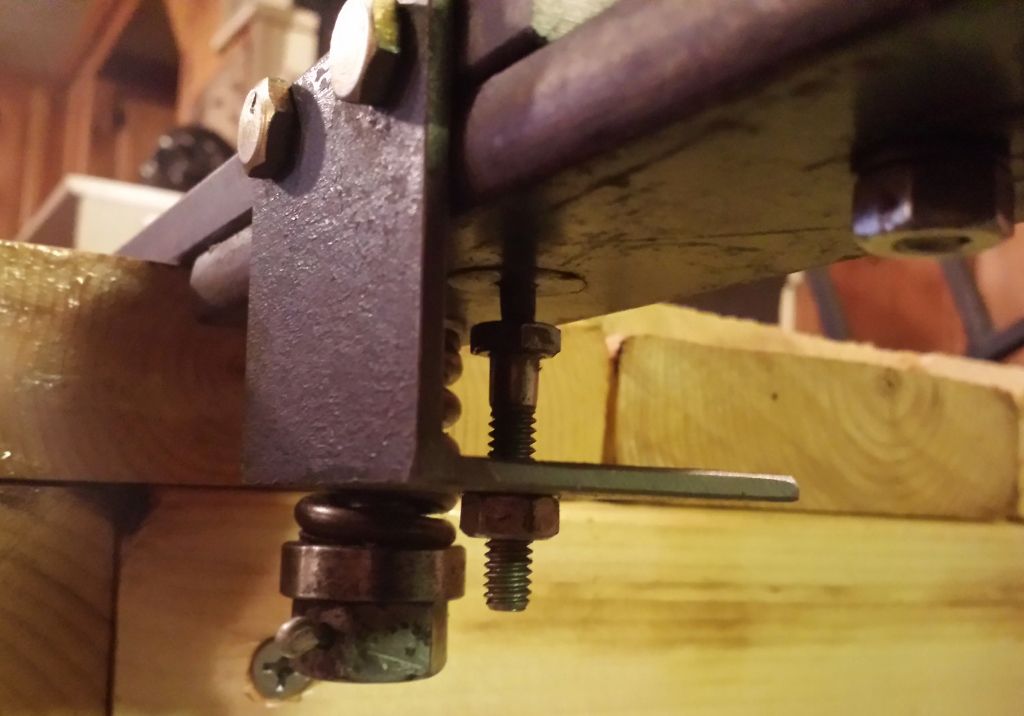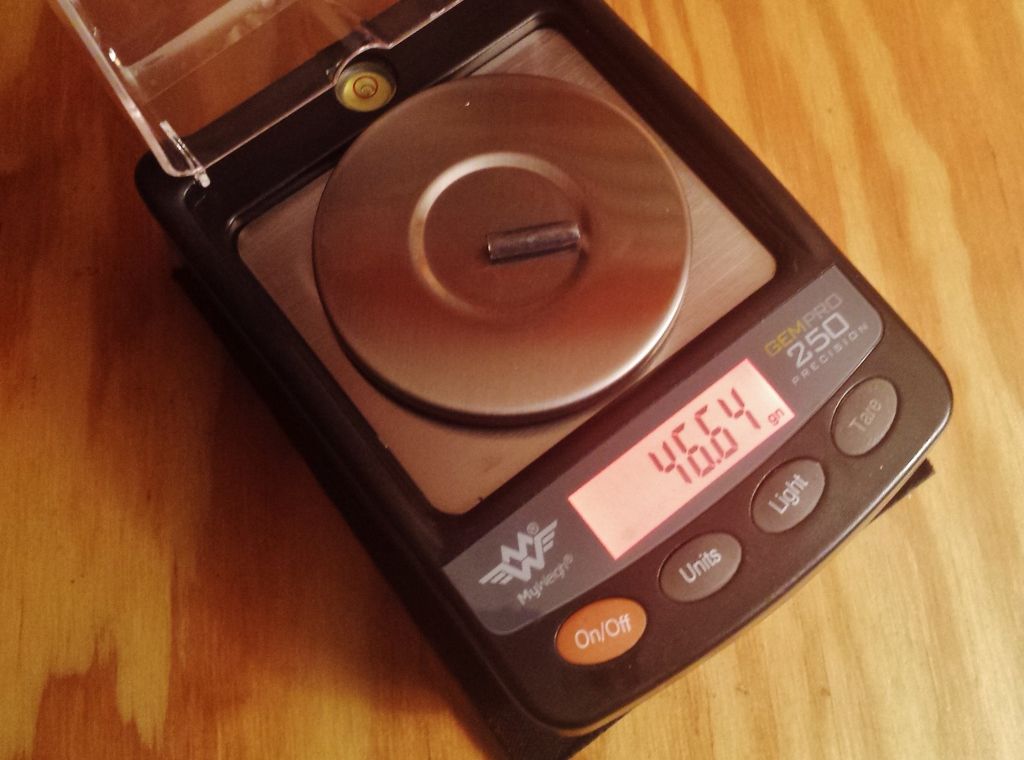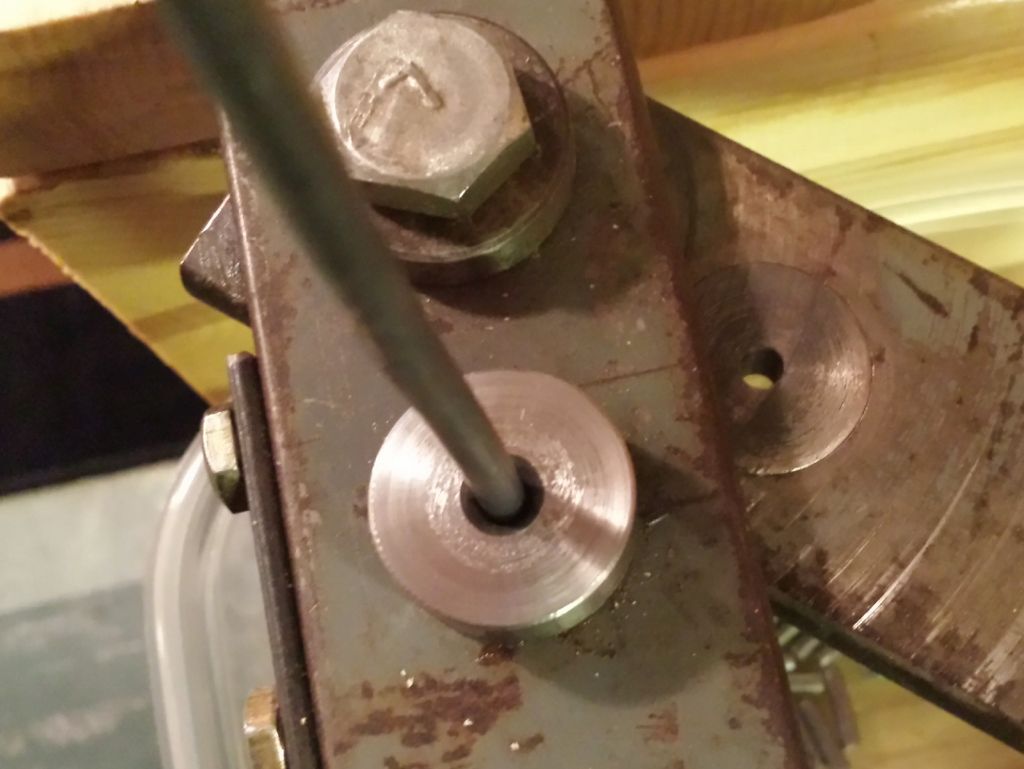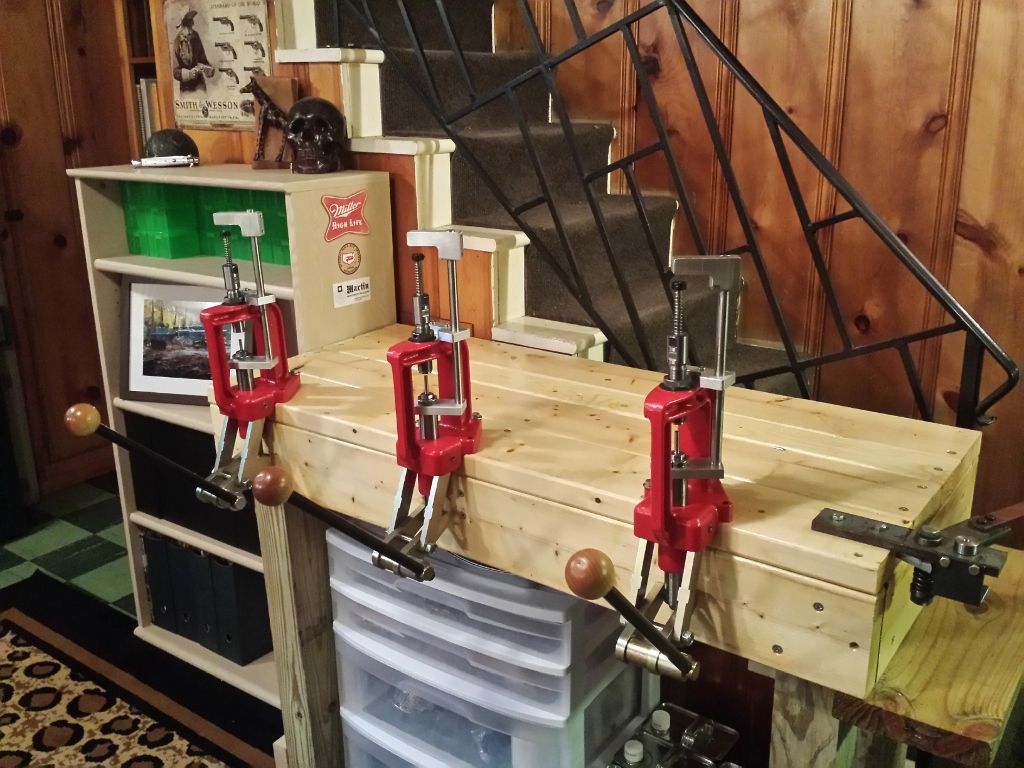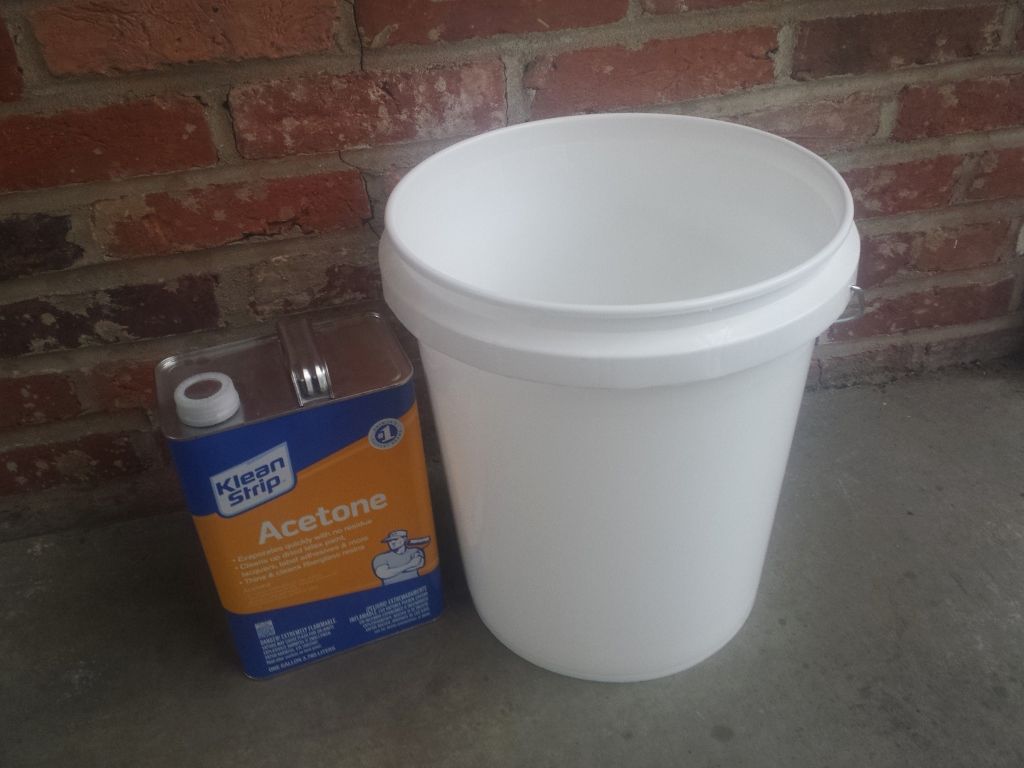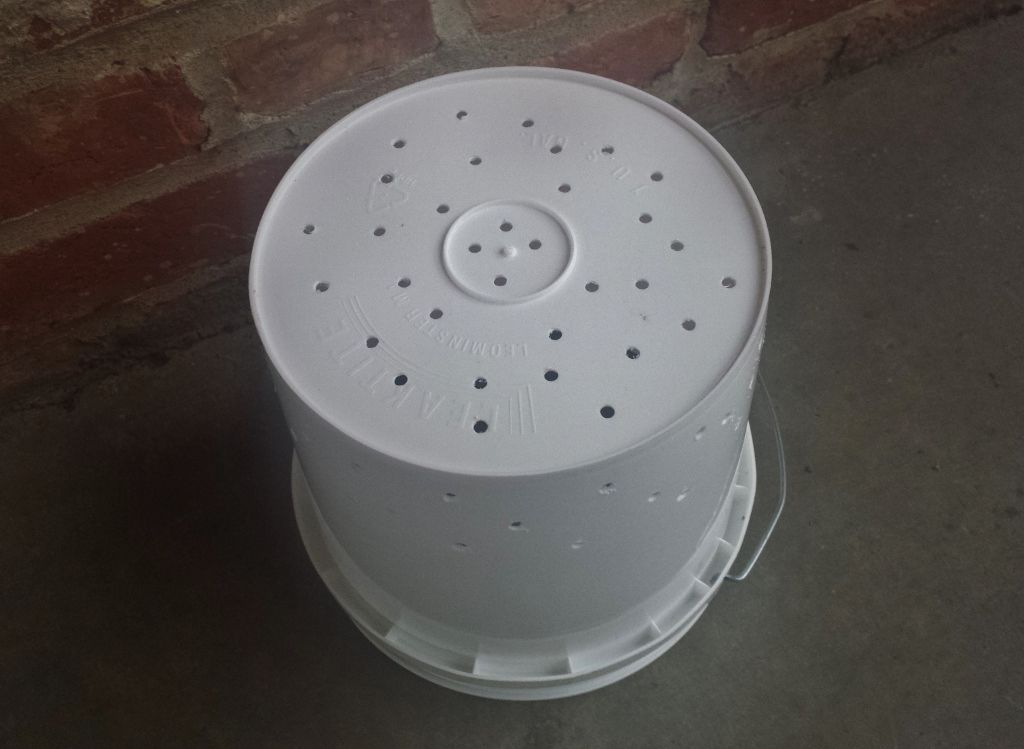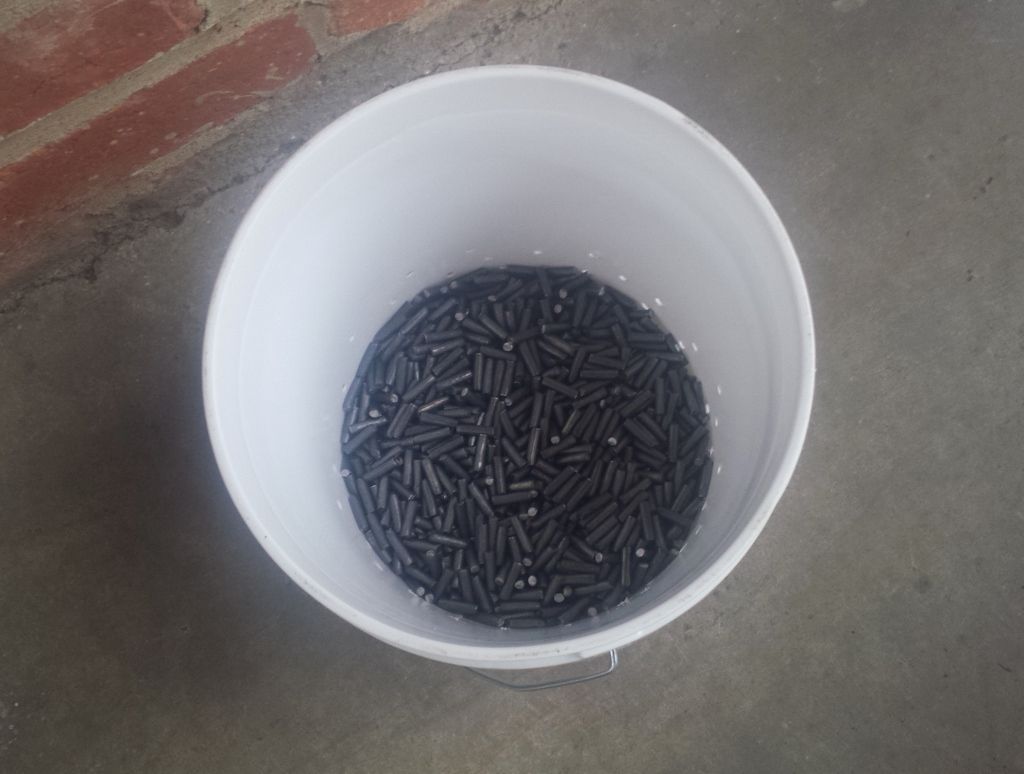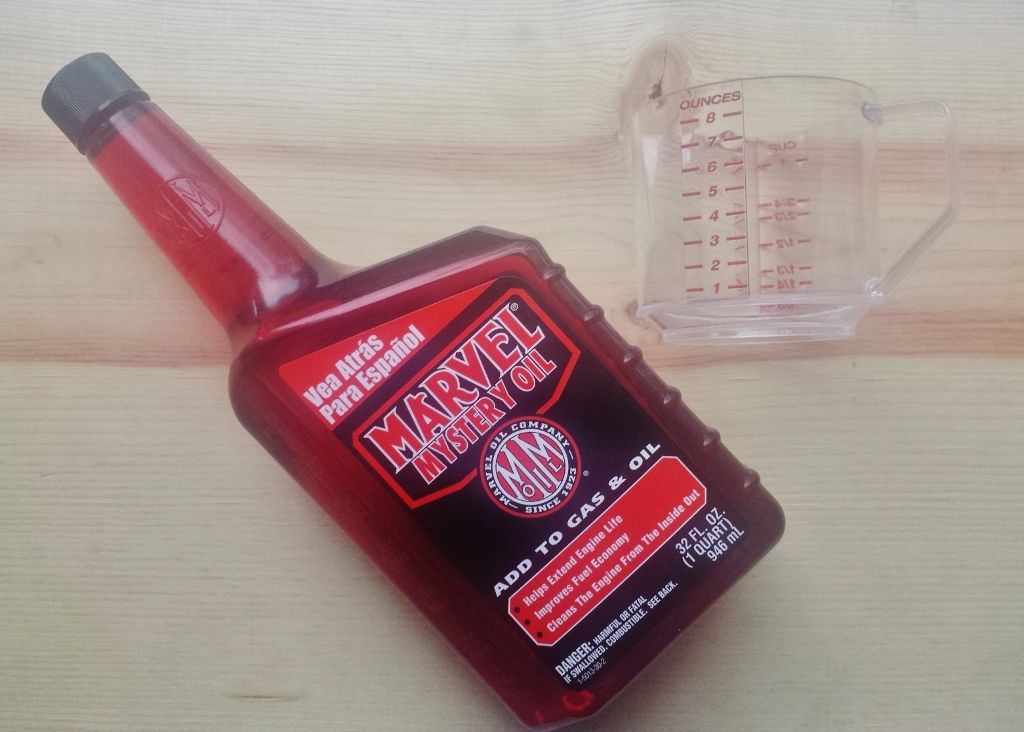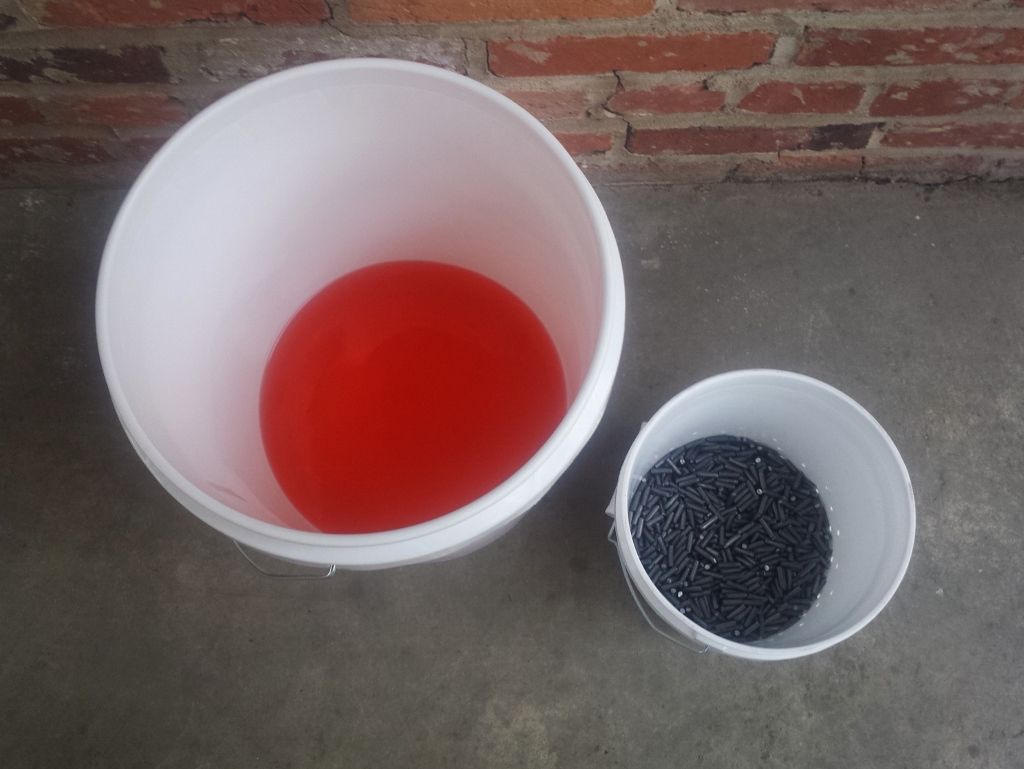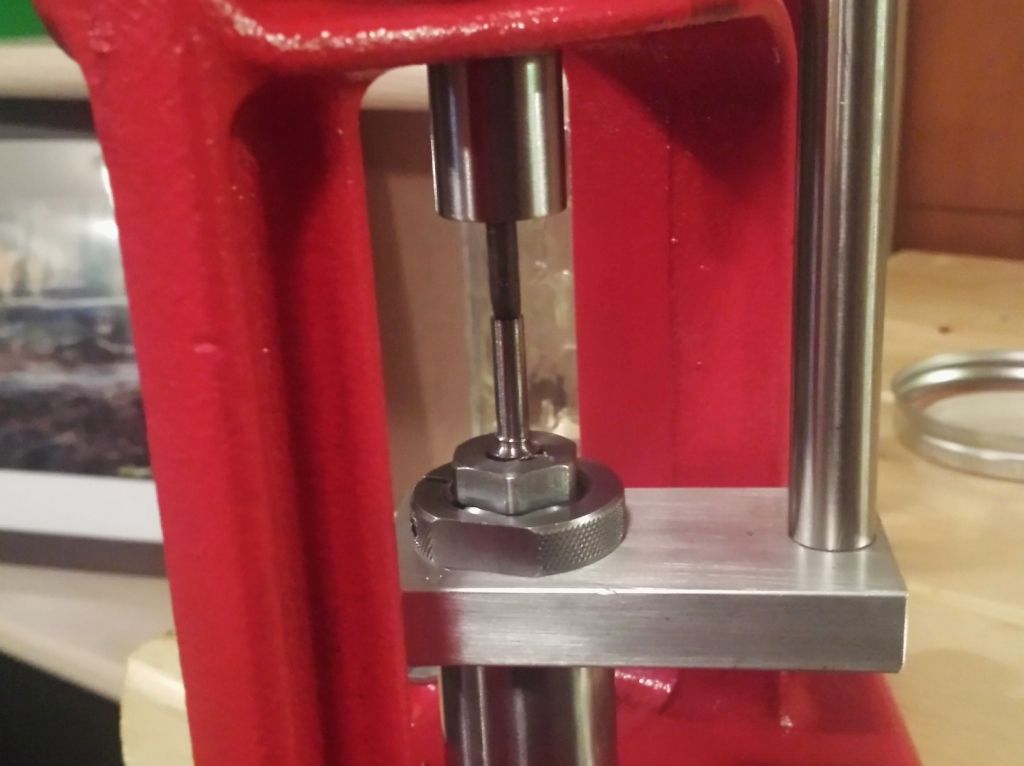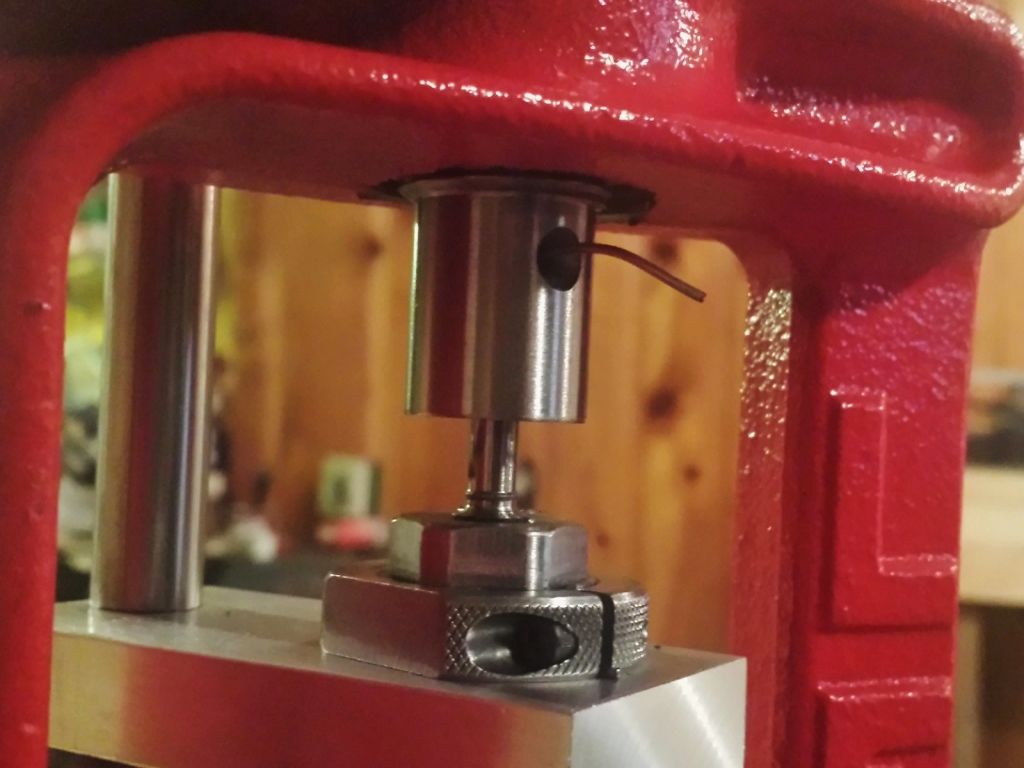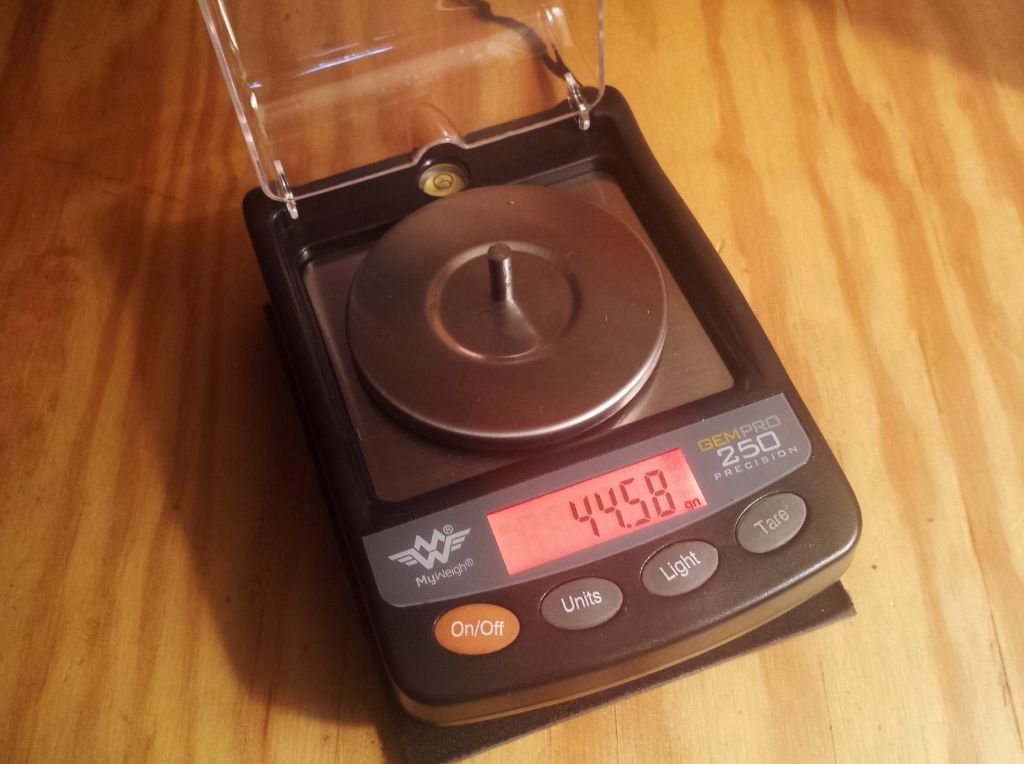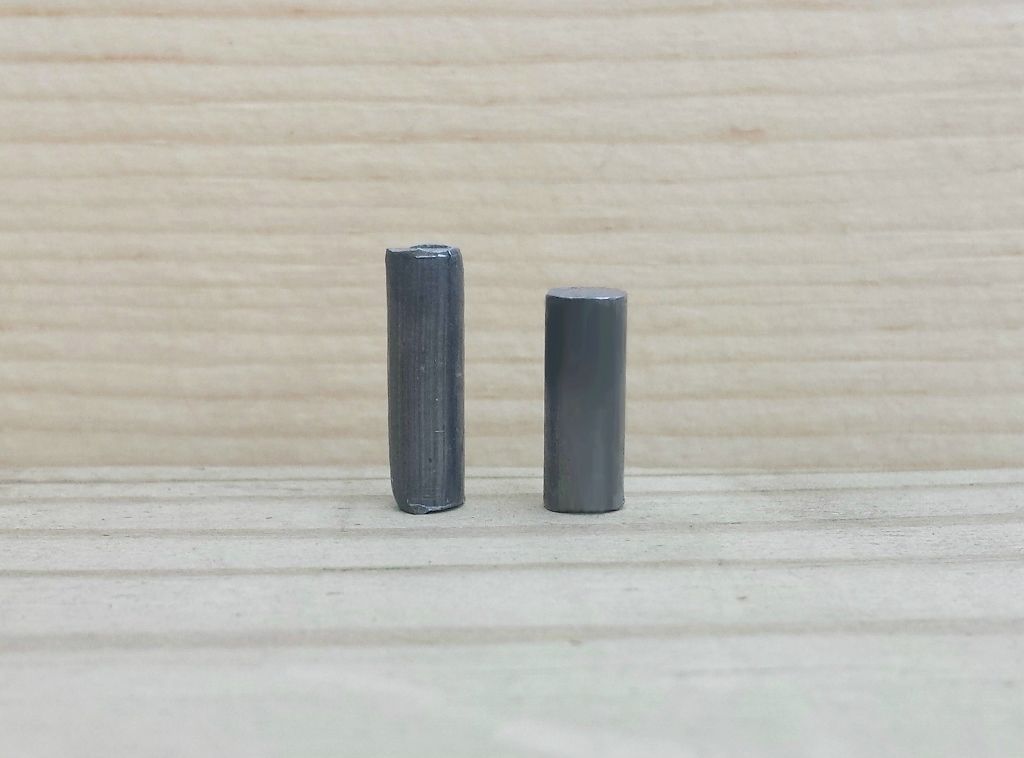Lee Martin
Active member
It has been a few years since the forum had a tutorial on bullet swaging. The thread Stephen Perry started as well as Al Nyhus' were just great. I thought one more couldn't hurt.
In January I decided to make my own 6mm bullets for our PPC, BR, and Wasp. After feedback from a few forum members I called George Ulrich. And was that ever a smart choice. George not only delivered everything I needed but he spent considerable time answering my countless questions. So what I'll show below are all the steps, theories I've collected, and general techniques on bullet making. Just note I'm new to this. Short of some bullets I made with my dad and Homer Culver in the 90's, I'm a complete novice.
This'll be old hat for many of you but hopefully informative for others.
Thanks,
-Lee
www.singleactions.com
In January I decided to make my own 6mm bullets for our PPC, BR, and Wasp. After feedback from a few forum members I called George Ulrich. And was that ever a smart choice. George not only delivered everything I needed but he spent considerable time answering my countless questions. So what I'll show below are all the steps, theories I've collected, and general techniques on bullet making. Just note I'm new to this. Short of some bullets I made with my dad and Homer Culver in the 90's, I'm a complete novice.
This'll be old hat for many of you but hopefully informative for others.
Thanks,
-Lee
www.singleactions.com


